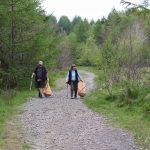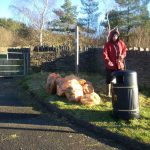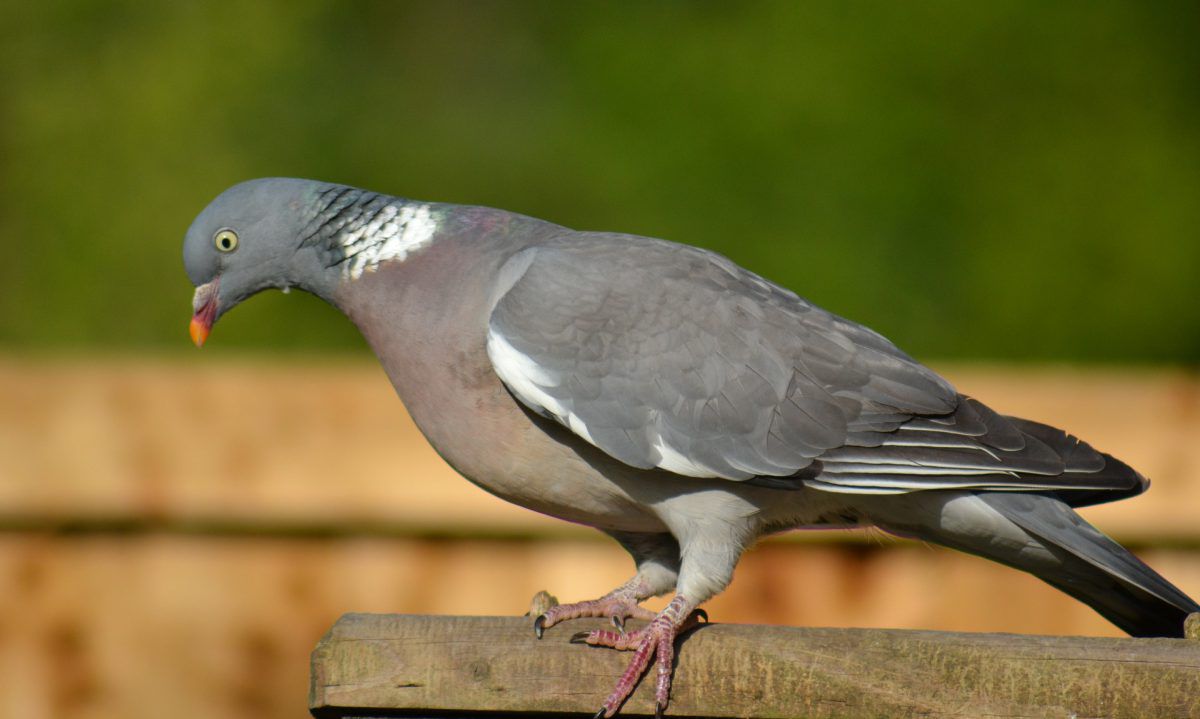- info@sirhowyhillwoodlands.co.uk
- Thomas Ellis Way, Tredegar NP22 4QF
- About Us
- Get involved
- Visit Us
Visit Tredegar & our Woodlands
Come and visit us!
Sirhowy Hill Woodland
Thomas Ellis Way
Tredegar
Blaenau Gwent
NP22 4QF - Wildlife
- Woodland Shop
Latest and greatest products, direct from our
Woodland Shop
Sourced from the Woodlands and the local community.
You have
item(s) in your bag
- Home
- /
- Blog
- /
- Animals & Wildlife
- /
- Birds
- /
- Woodpigeon

Scientific name: Columba palumbus
Woodpigeon
Our largest and most common pigeon, the woodpigeon is a familiar bird of gardens, parks, woodlands and farmlands right across the country. Its husky ‘hoo-hroo’ call is a well-known sound of the country. Woodpigeons feed on seeds, leaves, grains, fruit, peas and root crops and can become a serious agricultural pest in certain areas.
Woodpigeons makes flimsy twig nests in trees, in which the female lays two eggs. Both sexes incubate and raise the young, feeding them on ‘pigeon milk’ – a regurgitated, milky substance from a food-storage organ called a ‘crop’.
How to identify the Woodpigeon?
Our largest pigeon. Easily distinguished from the similar stock dove and feral pigeon by its pink breast, white neck patch and the white patches visible on its wings during flight.
How can I help?
Woodpigeons can be a serious agricultural pest but mostly will live side-by-side with humans without cause for concern.

Click to view more
Statistics
Scientific Name
Columba palumbus
Location
England, Wales, Scotland and Ireland
Size
Length: 40-42cm
Weight: 450g
Population
Widespread across the UK

Other Wildlife







